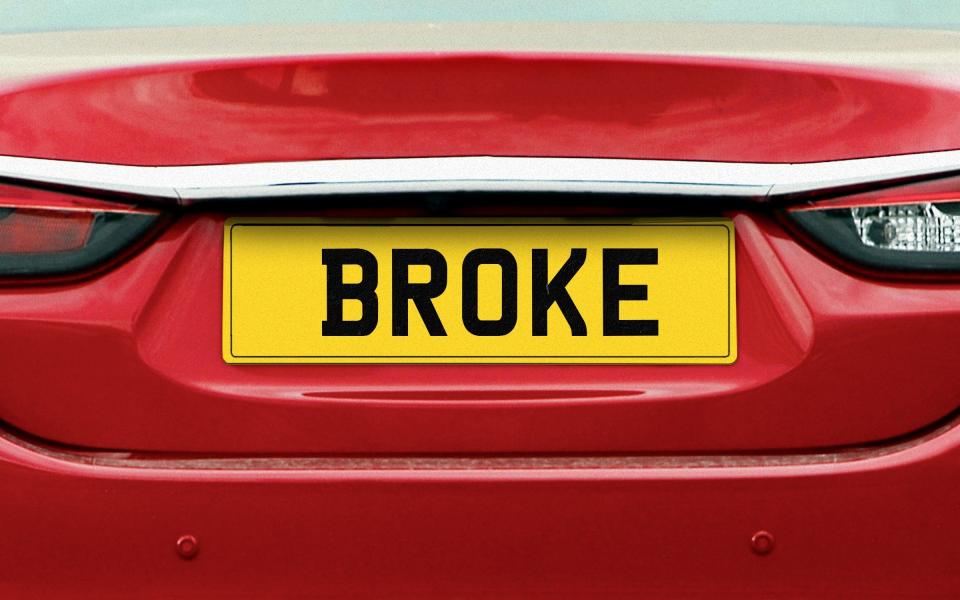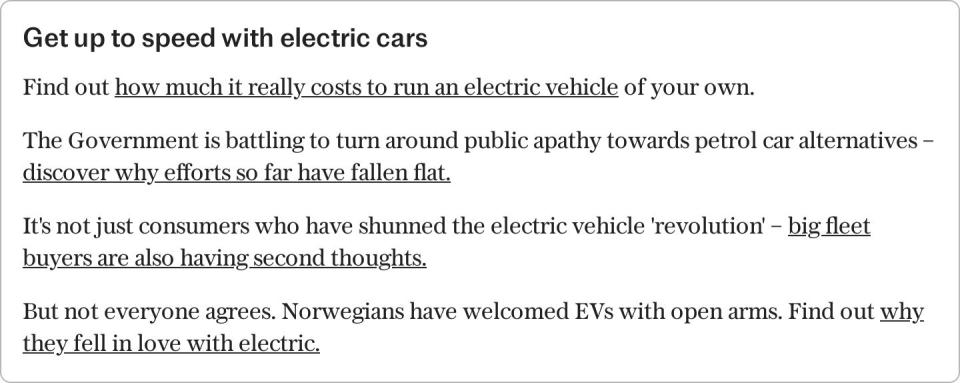Drivers ‘assaulted from all sides’ as cost of motoring jumps 50pc

There has never been a worse time to own a car, as motorists are “assaulted from all sides” by spiralling costs, analysis shows.
The yearly cost of running a car has soared by £700 to £2,100 in the last three years – a 50pc rise – as the net zero war on motorists and rising inflation takes its toll.
Households are spending over £500 more a year on insurance than in 2021 and have been hit by substantial hikes in the price of repairs, parking and fuel.
At the same time, low-emission zones have expanded across the country, saddling motorists with additional charges to drive in urban areas.
Edmund King, president of motoring body the AA, said the burden on drivers has never been so high.
He said: “There have been times in the past when certain elements have been more expensive, like fuel. But this is the first time when the cost of motoring as a whole has been so high. It’s an incredibly expensive time to be a driver. They are being assaulted from all sides.”
King added that motorists are getting a “rubbish return on investment” after drivers reported one million potholes on the nation’s roads last year, a post-pandemic high.
“Drivers are paying more but in return they get terrible infrastructure, with roads in a record poor state. It’s a bitter pill to swallow.
“For many millions of people, their car is not a luxury – it’s essential. Many people can’t cut back on driving, and so they cut back on other household expenditure. They buy less food, go out less. It affects their lifestyle quite considerably.”
In 2021, the average amount of money a household spent on road tax, insurance, parking, repairs and fuel was £1,400, according to The Telegraph analysis of Office for National Statistics (ONS) data.
By 2024, this figure had increased to £2,100, fuelled by the rise in component costs. Here is a breakdown of how motorists have borne the brunt of rising prices.
Fuel
While the cost of filling up has tumbled significantly from the summer of 2022 – when prices breached £2 per litre – they remain around 35p above early 2021 levels.
Fuel duty currently makes up roughly a third of the price paid at the pump. While the Chancellor extended the 5p tax cut introduced in March 2022, the OBR forecasts receipts to begin creeping back up this year, and continue to do so.
Three years ago, households forked out £24.50 a month on average for petrol or diesel. A 30pc rise in prices at the pump pushes this to £32.
Despite the fuel duty freeze, Mr King believes the Treasury is already making a healthy profit from drivers.
He said: “Fuel duty might not have increased but the Government still cashes in. It makes a windfall when petrol prices are high as VAT is charged on pump price.”
Insurance
Car insurance became the third-biggest household bill last year, behind council tax and energy, according to Confused.com.
The comparison platform’s index showed the average premium peaked at just under £1,000 at the end of 2023, and remained at £941 for the first three months of 2024. This is up 74.9pc on £538 in the first three months of 2021.
The relevant inflation figures compiled by the ONS paint an even starker picture. Its index shows motor vehicle insurance was 87.5pc pricier in March 2024 than in January 2021. Using the family spending baseline of £586, this increase puts the new figure at £1,099 a year.
Insurance bosses, who were summoned to give evidence to a Treasury select committee in April, pointed the finger at supply chain cost hikes from the pandemic and war in Ukraine. With these pressures easing, quotes appear to have peaked.
Emissions and parking charges
Clean Air Zones (CAZ) and Low Emission Zones (LEZ) have spawned across the country since 2021 – imposing charges on vehicles failing to meet environmental standards.
In the past three years alone, they have been introduced in Bath, Birmingham, Bradford, Bristol, Newcastle, Portsmouth, Sheffield and Oxford.
London’s Ultra Low Emission Zone (ULEZ) has expanded twice during this time, with all “non-compliant” vehicles in all 32 boroughs now liable for a £12.50-a-day fee, plus £15 for those straying into the central Congestion Charge zone.
The cost of residents’ parking permits are also increasingly pegged to exhaust emissions. In Islington, for example, while Electric Vehicles (EVs) go free, a permit can set you back up to £700 for the most polluting models.
The Telegraph revealed last year that drivers of diesel vehicles are now being charged 10 times as much to park as EV-owners in some parts of London after councils introduced “emissions-based parking” levies.
Yet outside busy urban centres, leaving the car in a private garage, on a drive or nearby street for free remains the norm.
In 2021, households spent £1.30 a month on parking fees, tolls and permits on average in the UK. The figure has risen by 18.6pc, bringing the cost closer to £1.60.
Repairs and breakdown cover
The Motor Ombudsman’s annual survey of independent garages and franchise dealer workshops found 65pc of the regulatory body’s members were having to raise prices in order to remain profitable.
As with insurance, the rise is being driven by a spike in operating costs and energy bills.
Breakdown cover has become more expensive in turn. In mid-2022, swathes of RAC policyholders reported hikes of 30pc or more upon renewal.
The “maintenance and repairs” for personal vehicles component of the CPI is up 23.1pc over the three-year period. Back in 2021, families tended to spend £29 a month on servicing, the annual MOT, routine maintenance and the occasional major repair job. Current budgeting would uprate this to £36.
Road tax
Officially known as Vehicle Excise Duty (VED), road tax has long been levied on cars according to their CO2 emissions. As manufacturers put out increasingly eco-friendly models, HMRC’s income began to take a hit.
To rectify this, a higher first year rate applies to cars registered post-2017. But with the average private passenger vehicle on UK roads being 10 years old, according to the European Automobile Manufacturers’ Association (ACEA), most motorists still pay the old rates.
The Office for Budget Responsibility (OBR) – the Government’s fiscal watchdog – estimates the Treasury’s receipts from VED at £8bn in 2023-24, up from £6.7bn in 2020/21. Adjusting for the 570,000 extra drivers on British roads, this works out to a 17.4pc increase per head.
Household outlay on “motor vehicle road taxation payments less refunds” worked out to £14.50 a month in 2021, ONS data shows. The adjusted figure today is likely to be around £17.
The OBR forecasts road tax collections to grow in the near future, so there is little relief in sight. EV-owners are currently spared from VED, but this is slated to change in 2025.


 Yahoo Finance
Yahoo Finance 